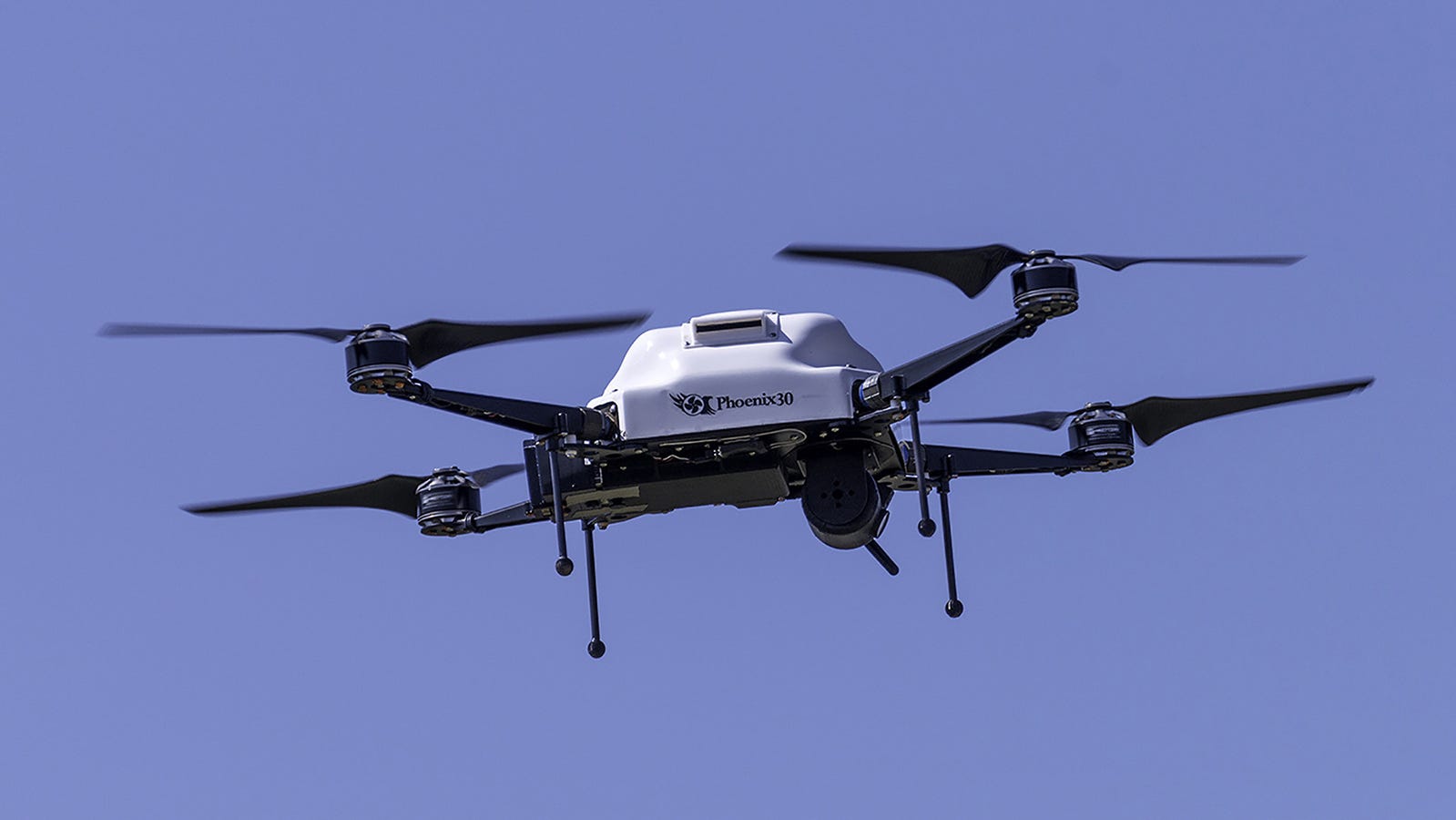Quick background - Neighbors complained about zoning violations for a residence. Township used a drone to gather evidence. Property owner contested the evidence as a 4th Amendment violation. The court agreed with the Township. Owner appealed the court's decision.
The Michigan Court of Appeal sided with the property owner.
This opinion is particularly troublesome - "any reasonable person would have expected a low-altitude drone overflight to be trespassory and exceptional". I hope the Township will appeal and not let this stand, otherwise anytime a drone flies over private property the operator could be charged with trespassing.
Sources:

The full court opinion from the Appeals Court - http://publicdocs.courts.mi.gov/OPINIONS/FINAL/COA/20210318_C349230_47_349230.OPN.PDF
The Michigan Court of Appeal sided with the property owner.
The panel ruled 2-1 that the use of a drone to photograph Todd and Heather Maxon's backyard violated the couple's "reasonable expectation of privacy" and Long Lake Township must obtain a search warrant if it wants to take photos.
Novel ways to conduct surveillance do not diminish a person's "reasonable expectation of privacy," wrote Court of Appeals Judge Kathleen Jansen, an appointee of Democratic former Gov. Jim Blanchard, in a decision released Thursday.
"... any reasonable person would have expected a low-altitude drone overflight to be trespassory and exceptional, whether the drone flew as high as a football-field length or flew directly up to an open bathroom window," Jansen wrote. She was joined by Judge Amy Ronayne Krause, an appointee of Democratic former Gov. Jennifer Granholm.
This opinion is particularly troublesome - "any reasonable person would have expected a low-altitude drone overflight to be trespassory and exceptional". I hope the Township will appeal and not let this stand, otherwise anytime a drone flies over private property the operator could be charged with trespassing.
Sources:
Township violated Michigan couple's privacy by using drone, court says
The judges ruled a Northern Michigan township could not use drone photos it obtained without a search warrant to prove a resident wasn't complying with zoning rules
www.detroitnews.com
The full court opinion from the Appeals Court - http://publicdocs.courts.mi.gov/OPINIONS/FINAL/COA/20210318_C349230_47_349230.OPN.PDF










